These 3 Tiny Details Can Make or Break a Suit, According to Tailoring Experts
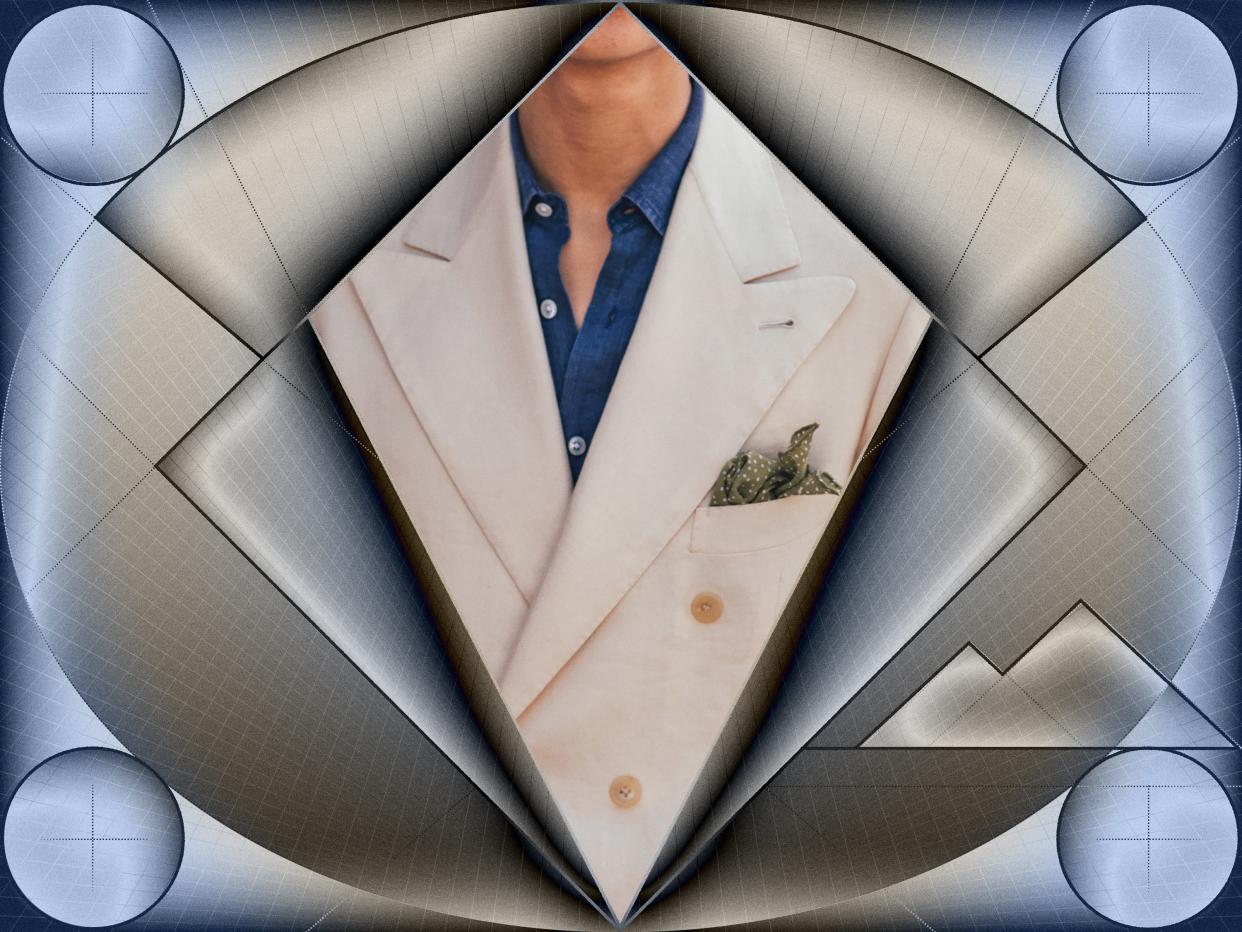
Collage by Armando Zaragoza / Photo courtesy of The Anthology
Shopping for a suit can feel like learning an entirely new language. You go in looking for a simple two-piece, and you wind up trying to decipher what “half-canvassed” means and wondering whether your jacket should have one vent or two. To help you navigate the ins and outs of the tailoring world, we’ll be exploring each individual aspect of a suit—from the fit to fabric to the pockets—with a little help from the most stylish experts in the sartorial space. Welcome to GQ’s Tailoring 101.
When you look at a suit, the first things you’ll probably notice are (in this order) the shoulders, the lapels, the cut of the jacket and the cloth. Get these things right and you’re 90% of the way there, but that last 10% is anything but an afterthought. If you’re buying something made-to-measure or bespoke, the tailor will present you with a bevy of additional options from the number of vents (the slits at the back of a jacket) and the style of pockets on the jacket to things few people are likely to ever see, like suspender buttons and custom jacket linings.
These details may seem small, but they can have a big impact on your suit—both how it looks and how it feels. If you’re buying something off-the-rack, many of these decisions will be made for you by the designer, but their impact on the end result is no less definitive. Get the details right, and you’re much more likely to end up with something you’ll love; get them wrong and your suit could end up languishing in the back of your closet. Here are some of the most important details to think about before committing to a suit.
Vents
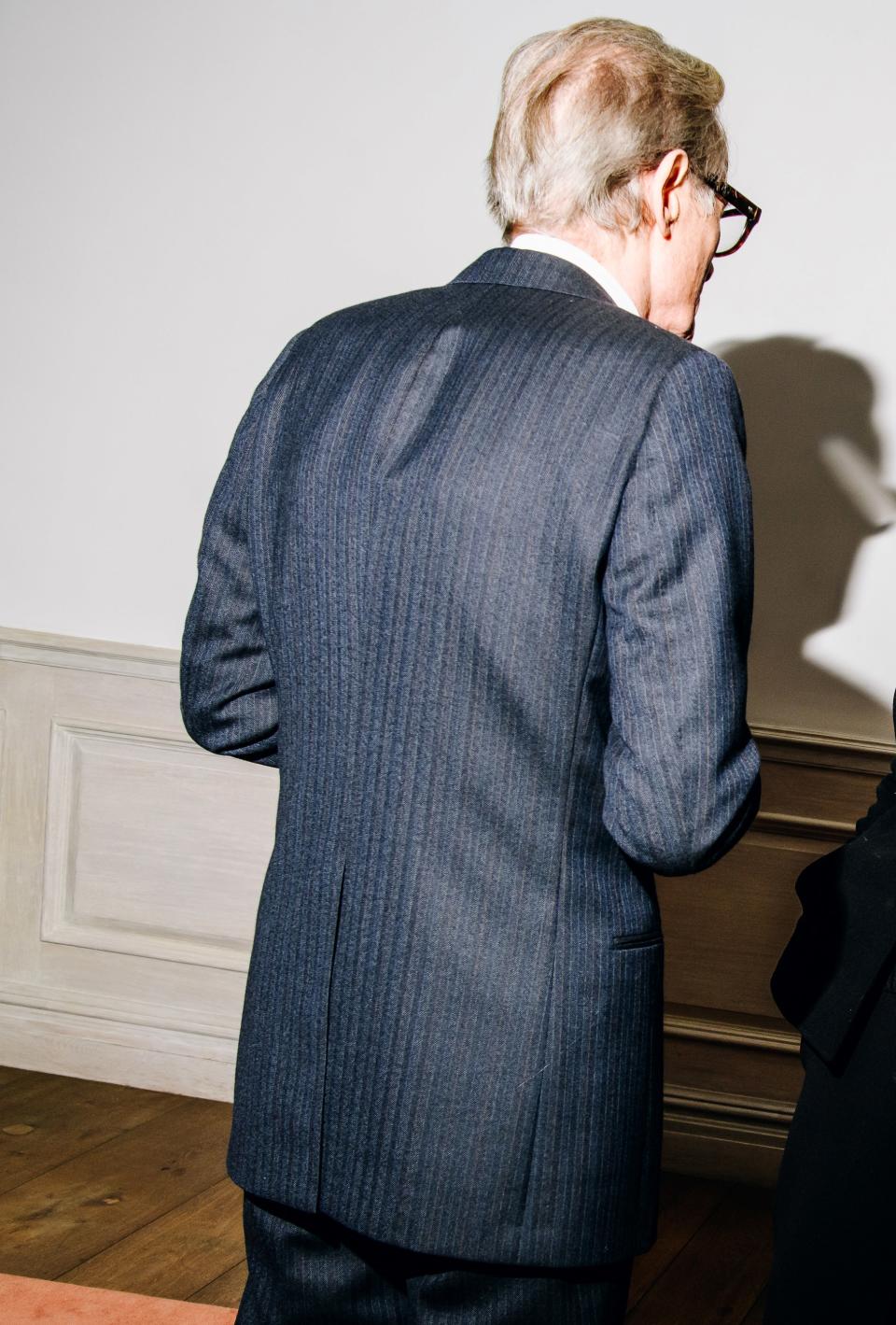
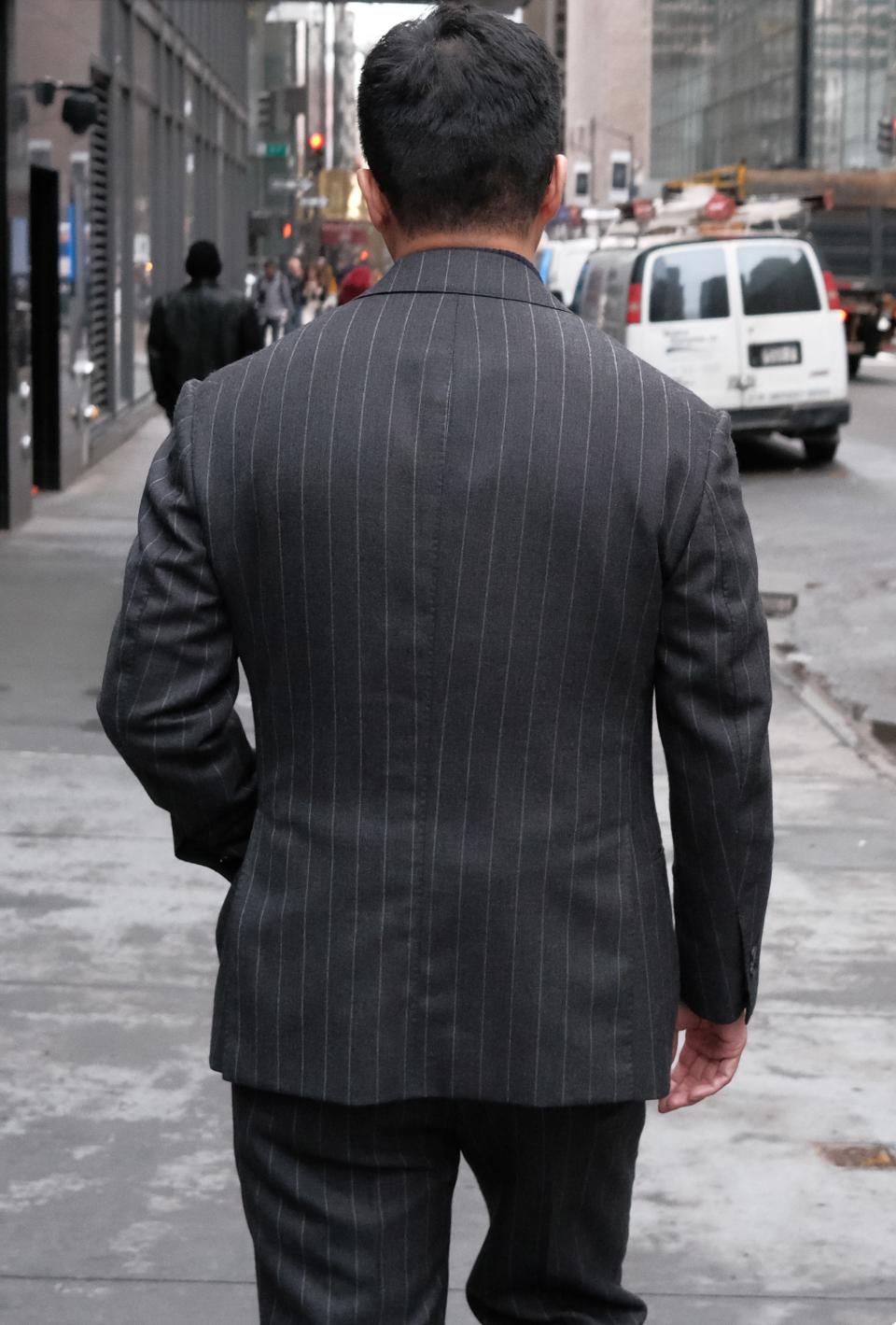
Because they’re located behind your back, vents tend to be forgotten. Nonetheless, they’re an important consideration for both the look of your suit and the way it fits. “At our house, we go for a double vent because of its modernity, functionality and symmetry,” says Buzz Tang, co-founder of Hong Kong-based menswear label The Anthology. “We do occasionally make a ventless back for evening wear, but that’s the highest level of formality.”
Leonard Logsdail, a veteran NYC-based tailor known for—among other things—making the suits worn on screen in The Wolf of Wall Street, also believes that a double vent is the most universally flattering choice, even for guys who go hard on glute day. “I just think it looks better,” he says. “People say, “I've got a big rear end so I want a single vent,” but I tell them, no, you want two vents because that makes it easier for [the jacket] to go around your rear.”
Single vents were created to help a riding jacket drape over a horse’s saddle, a connotation that gives them a more old-school look and makes them rarer than double. Nowadays they’re mostly commonly found in tuxedo jackets from traditional brands like J.Press, and fashion-forward suits from modern labels like Thom Browne.
Pockets
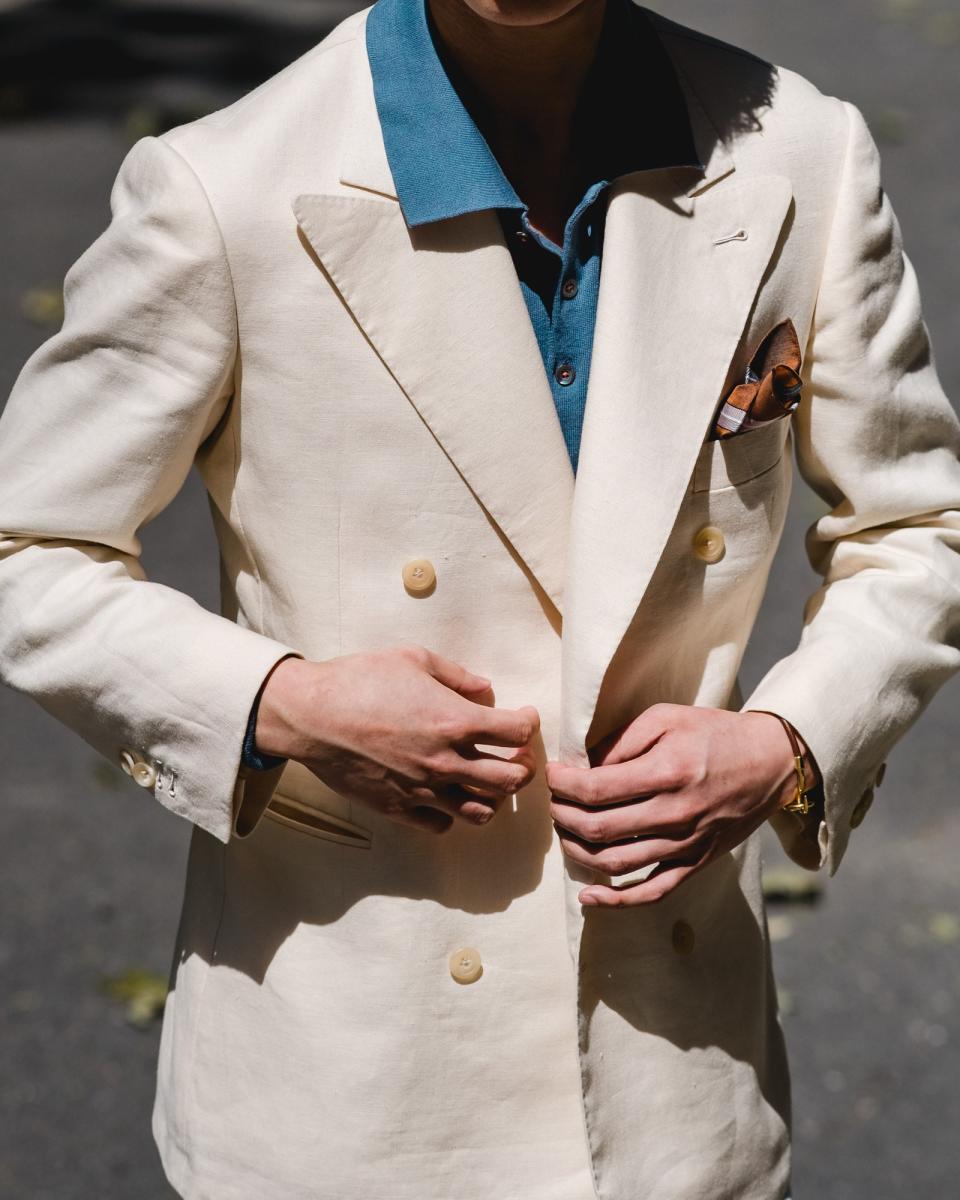
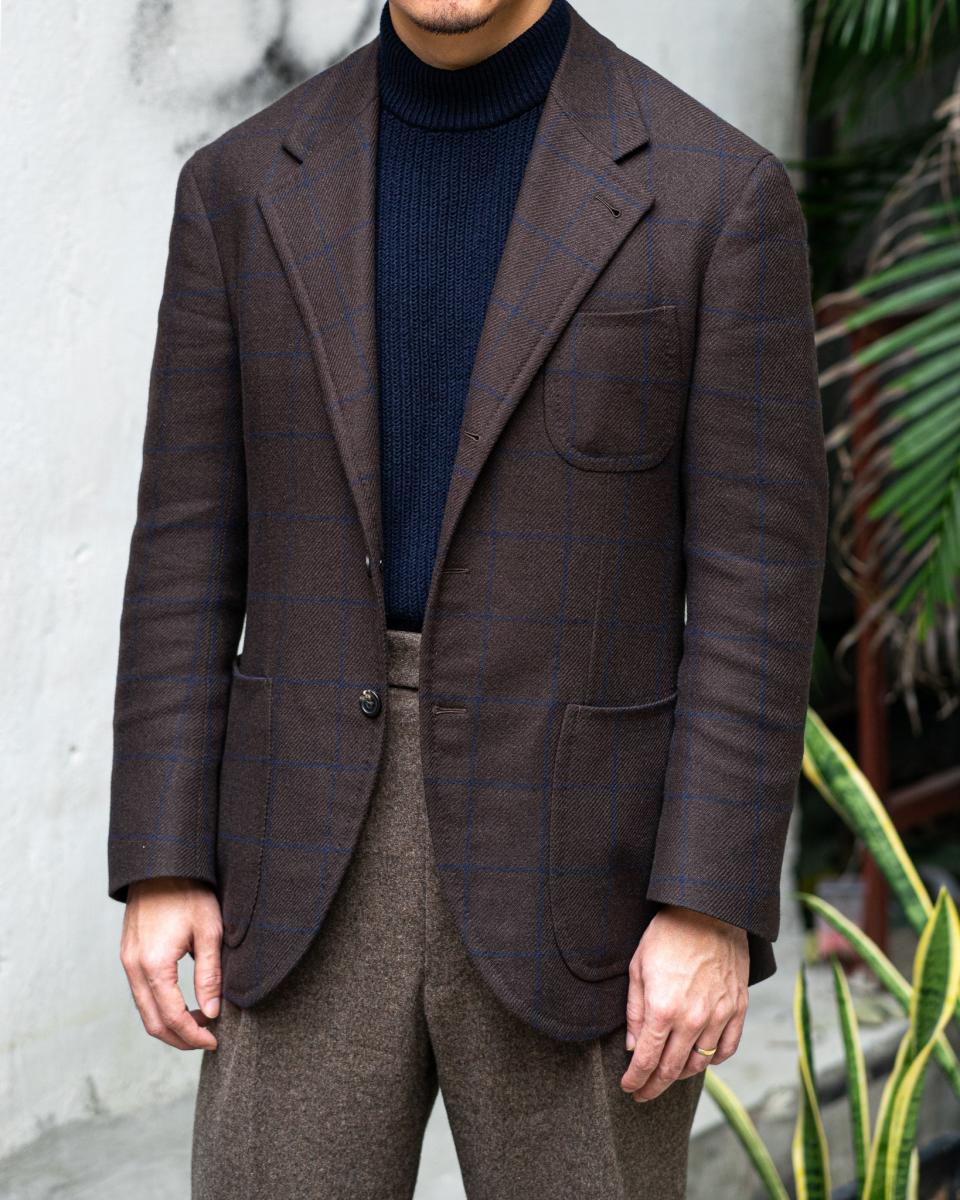
Pockets come in three basic styles: Patch (sewn onto the outside of the jacket), flap (with an exterior flap over the opening) and jetted/welted/piped (a flap pocket without the flap). Patch pockets are the most casual kind, jetted pockets lean more formal, and flap pockets hold down the versatile middle ground. “We go with patch pockets for most of our ready-to-wear jackets because we find them more friendly and approachable, unlike a traditional flap pocket, where the squared end can come off a little conservative,” says Tang. “For something more formal, like a wool flannel suit, we prefer a jetted pocket with a very clean line. It’s a personal choice, but we think it proposes a more modern look.”
Buttons
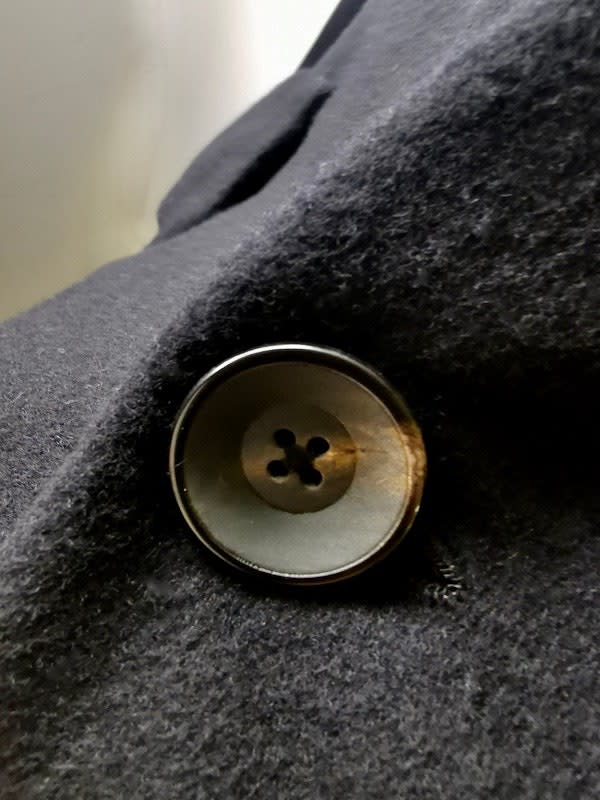
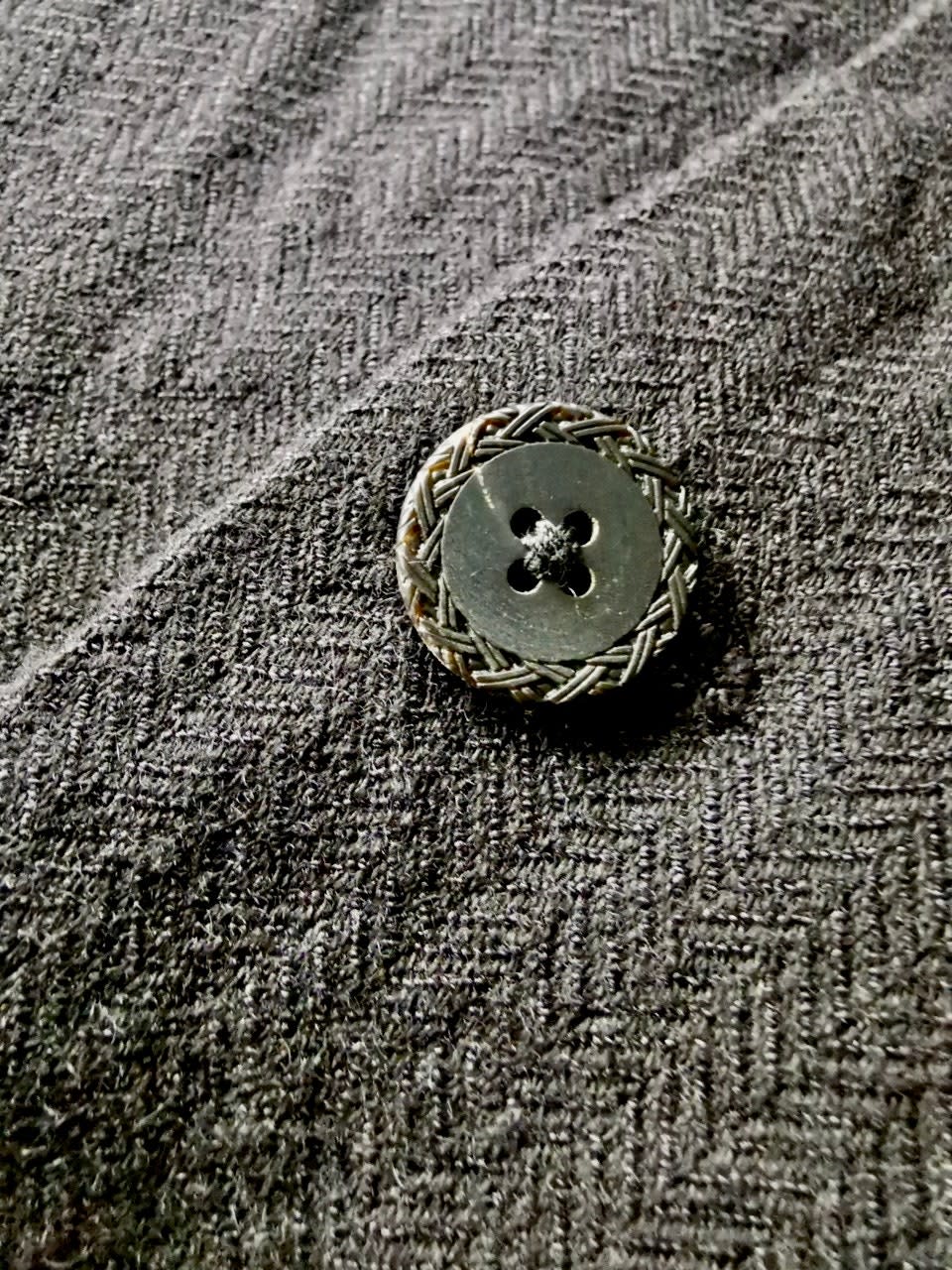
You’ll have a wider choice of buttons with a bespoke or made-to-measure suit than one off the rack, but either way, the quality of the buttons available will tell you a lot about the quality of the suit itself. “A button can change the personality of a piece,” says Geoffrey B. Small, whose eponymous label sources most of its buttons from Fontana, a single family-owned button maker in Northern Italy. “When it’s done right, great buttons can change the end result of the design of a garment. It can go from loud to quiet, from interesting to boring. It’s amazing.” Small’s advice for choosing the right button is similar to his take on fabric selection: go natural all the way. “The assumption with most ready-to-wear designers is that a button is a last-minute thing, and the name of the game is to do it as cheaply as possible, so plastic is the norm,” he says. Instead, he advises making an effort to seek out buttons made of natural materials like horn, shell, mother-of-pearl, corozo nut, and bone.
Originally Appeared on GQ
More Great Style Stories From GQ
Every Single MoonSwatch, Ranked
The 20 Greatest Nike Air Max Sneaker Colorways of All Time
Paul Mescal Is the Undisputed Champ of Freaky, Cropped Gymwear
Kevin Hart’s Royal Oak Costs More Than a House
Dua Lipa and Callum Turner Have (Unsurprisingly) Aced Travel Style
Not a subscriber? Join GQ to receive full access to GQ.com.

